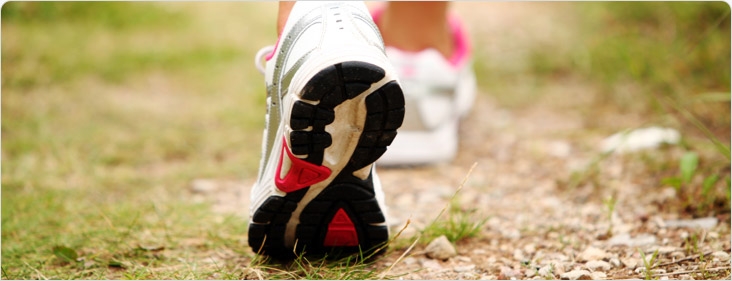
Strategies to Ensure You Meet Physical Activity Goals
Learn how to set up cues that can keep you on track—and ignore those that throw you off
What are cues?
Cues that you get from just about anywhere can affect your physical activity. Some of these external, or outside, cues can remind you to be physically active. A good example of an external cue is seeing your exercise or walking clothes first thing when you wake up every day. Responding to the sight of these clothes may prompt you to start exercising or go walking. Other external cues may do the opposite and make you forget about physical activity. The television can be a powerful cue for many people. Others can’t resist the sight of their favorite chair when they get home after a long day.
You can help yourself become physically active by creating cues for activity and resisting the cues you get for inactivity.
Create your own cues
To become more physically active, try setting reminders and cues for yourself. Here are some ideas to make this easy:
- Make an appointment in your day planner, setting aside time to be active
- Set your cell phone to beep every hour. When it beeps, get up and take a short walk
- Leave yourself a voice-mail reminder to be active
- Send yourself an e-mail to schedule physical activity time
- Put your exercise or walking clothes where you can see them first thing in the morning or when you get home in the evening
Know your inactivity cues
You can learn to stop responding to inactivity cues, too, but first you have to know what they are. Just turning off the television may keep you from being inactive. If you watch television a lot, try limiting how much you watch. You can get up and walk around or do chores during the commercials; you can let the commercials be your cues to get up and do something.
What other cues may tempt you to become inactive? If the rest of your family is sitting on the couch, you may be less likely to take a walk. Both the couch and your family can be the cues that tell you to be a couch potato. You may need to learn to avoid this setting until after you’ve had some time for physical activity.
Try making a list of all the cues that can keep you from being active. There can be plenty of cues like this outside your home. Take a look at your list and try to think of ways to overcome these cues. Talk to your healthcare provider and then, practice them!
